Your definitive 1964–67 Pontiac GTO buyer’s guide
It’s been nine years since a conference room full of non-car guys killed Pontiac. Some say it was cold-blooded murder. A mob-style execution. That the double-breasted spreadsheets running General Motors at the time pulled the trigger, blew Pontiac’s brains all over the wall, and then went out for steak.
But the truth is Pontiac suffered a slow, torturous death. The brand had been sick for a long time, poisoned by a barrage of lackluster front-wheel drive cars nobody really remembers, the Aztek being the final arsenic in its lace.
Nine years. That’s a long time. Today there are millions of American high schoolers that have never even heard of Pontiac. Think about it.
But way back in 1964, Pontiac revolutionized the auto industry with a factory hot rod many consider the first American muscle car. It was, of course, the Pontiac GTO and it was created by men called DeLorean, Estes, Gee, Collins, and Wangers, who went around the boardroom, outsmarted the bean counters, and tapped into the pleasure centers of America’s young minds.
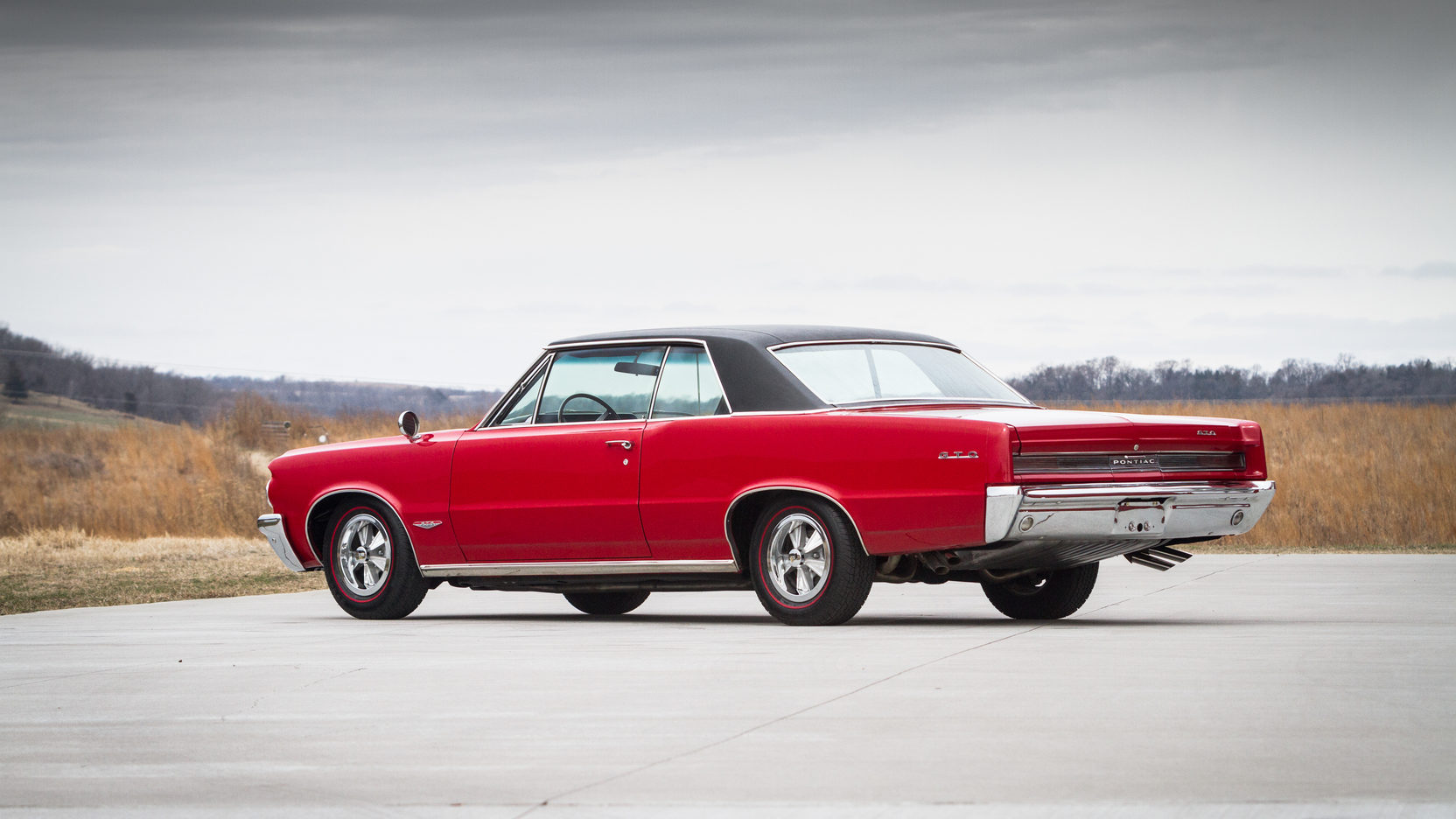

“It was an era of cruising, picking up chicks, and picking up runs—American Graffiti in the flesh,” wrote Joe Oldham for Hemmings in 2014. “The greaser still ruled the street, and what more perfect car for this guy than a GTO?”
Everyone under 40 wanted a new GTO. And success came quickly. The projected sales of 5000 turned out to be a joke. Pontiac sold more than 32,000 that first year, igniting industry-wide imitators, from 442s to GTXs, and an era of performance never seen before. The first generation of the Pontiac GTO lasted until 1967, and these cars continue to be valued collectibles.
Before you buy it’s important to know what to look for when shopping for a GTO, and what you should avoid.
Charting the changes
Pontiac offered the GTO in three body styles from 1964–67: a two-door sedan, a pillarless hardtop, and a convertible. “Though the two-door post had a more rigid body than the two-door hardtop and also provided a better seal against the elements, the two-door hardtop looked cooler, and style was as much a part of the muscle-car mystique as outright performance,” Wangers wrote in the The All-American Muscle Car.

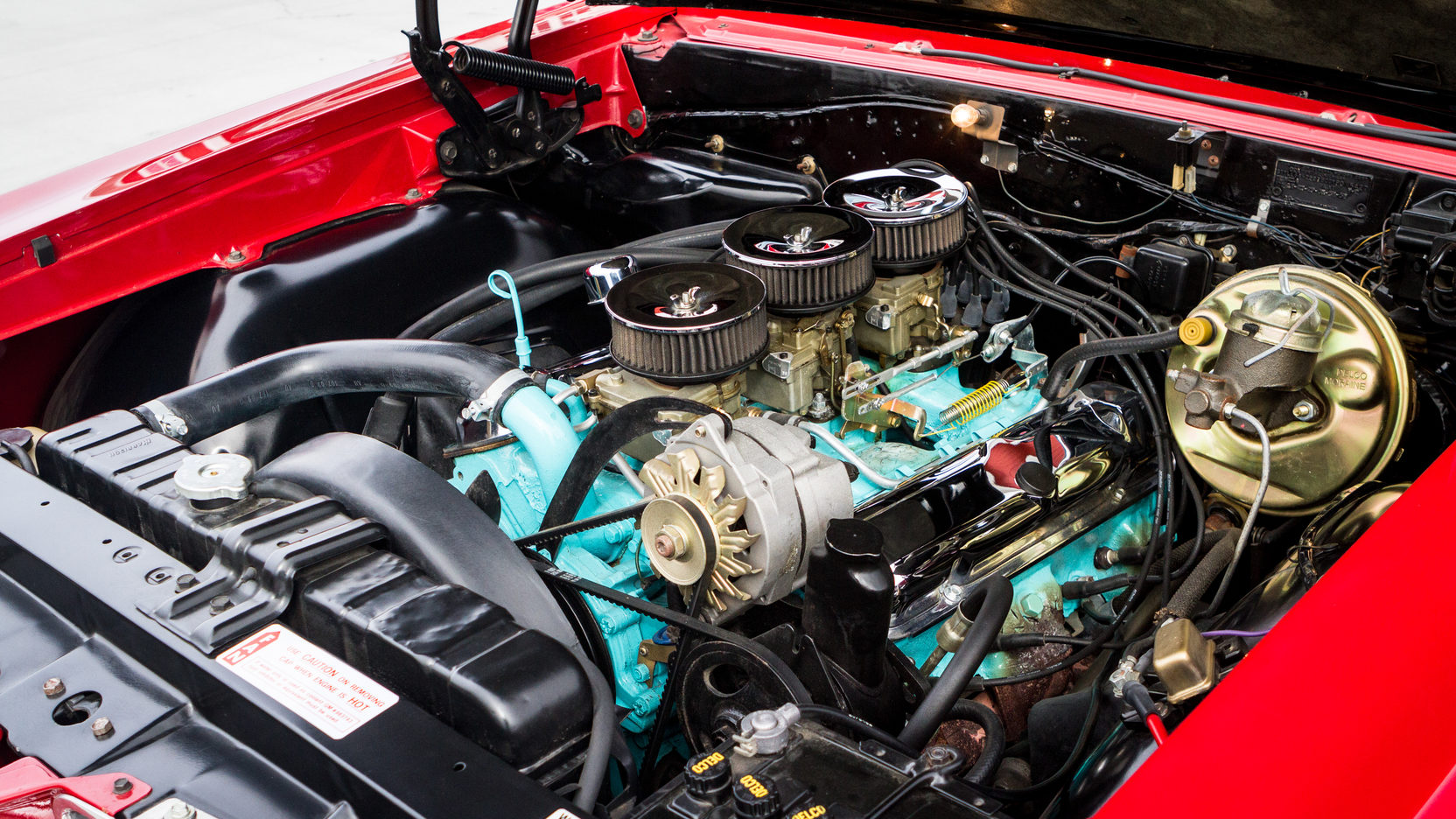

According to GTO collector and restorer Randy Cooper, who has owned three 1964 GTOs and two 1966 models, the post and hardtop cars feel the same from behind the wheel, but the post cars are a little lighter. Cooper became a GTO fan in 1965 after getting a ride in one in East Los Angeles when he was 17, and today he owns a perfect ’64 hardtop with Tri-power and a four-speed.
In 1965, Pontiac refreshed the GTO’s exterior, changing the taillights and adding a reshaped and more aggressively recessed grille. The designers also stacked the headlamps, a style that would remain through 1967, and added a new scoop with twin-nostrils in the center of the hood, although it would remain non-functional. The Rally 1 wheel was introduced in ’65 as well, and it remained optional in ’66. In 1967, Pontiac introduced its Rally II wheel, which would be used well into the 1970s on many Pontiacs including Trans Ams.
The grille was revised again in 1966, and it tapered toward the center. That year the GTO became more curvaceous with a recessed the back window and new louvered taillights. In 1967, Pontiac made another slight change to the grille, adding silver mesh, and there was more prominent stainless trim on the rockers. Once again canted forward, the GTO’s tail also got new taillights with four slots on each side.
“The larger 1966 and ’67 GTOs tend to ride a little nicer,” Cooper says. “Although the wheelbase is the same as the earlier cars, they’re a little heavier.”
Three deuces, a four-speed, and a 389

All GTOs built from 1964–66 were powered by a 389-cubic-inch V-8 with 10.75:1 compression. Pontiac first offered three two-barrel carburetors in 1957 and the Tri-power set up was an option on the GTO from 1964–66. Along with a cam swap it boosted horsepower from 325 hp with the four-barrel carb to 348 hp in ’64. Pontiac’s engineers tweaked the cylinder heads and in 1965 and ’66 the engines were rated 335 hp and 360 hp. Sales continued to climb, peaking in 1966 with almost 97,000 sold.
But competition was growing and sales dipped in 1967 to just over 80,000. That year, to better fight off Mopar’s new 440-powered GTX and Chevy’s SS 396 Chevelles, Pontiac punched out the engine to 400 cubic inches, a displacement it would use until 1979, but the Tri-power was no longer available, replaced by the new Quadrajet four-barrel carburetor. Three versions were available with 10.75:1 compression; the most common combination was rated 335 hp, but Pontiac also offered the HO with 360 hp, and the Ram Air option, which opened up the hood scoop and sealed it to the carburetor, although the horsepower rating remained at 360 hp. Pontiac also offered an economical version of the 400 with just 8.6:1 compression and a two-barrel carburetor with a 255 hp rating.
The standard transmission with the standard engine was a three-speed manual. From 1964–66, you could order a two-speed Powerglide automatic or a four-speed manual, either a Muncie M-20 or M-21, but all Tri-power cars got the Powerglide or a Muncie. In 1967, a three-speed manual was still standard and the Muncies were still available, but the two-speed was gone, replaced by the Turbo 400 three-speed automatic, which came with a Hurst His and Hers shifter.
Replacing the two-speed and with a Turbo 350 or Turbo 400 three-speed has been a popular swap since the late 1960s. Cooper has performed the exchange and says it makes a huge improvement in performance and driveability. Pontiac called its limited-slip differential Safe-T-Track and it was optional throughout the run along with gears as stiff as 4.33:1.
Don’t be afraid of the Tri-power
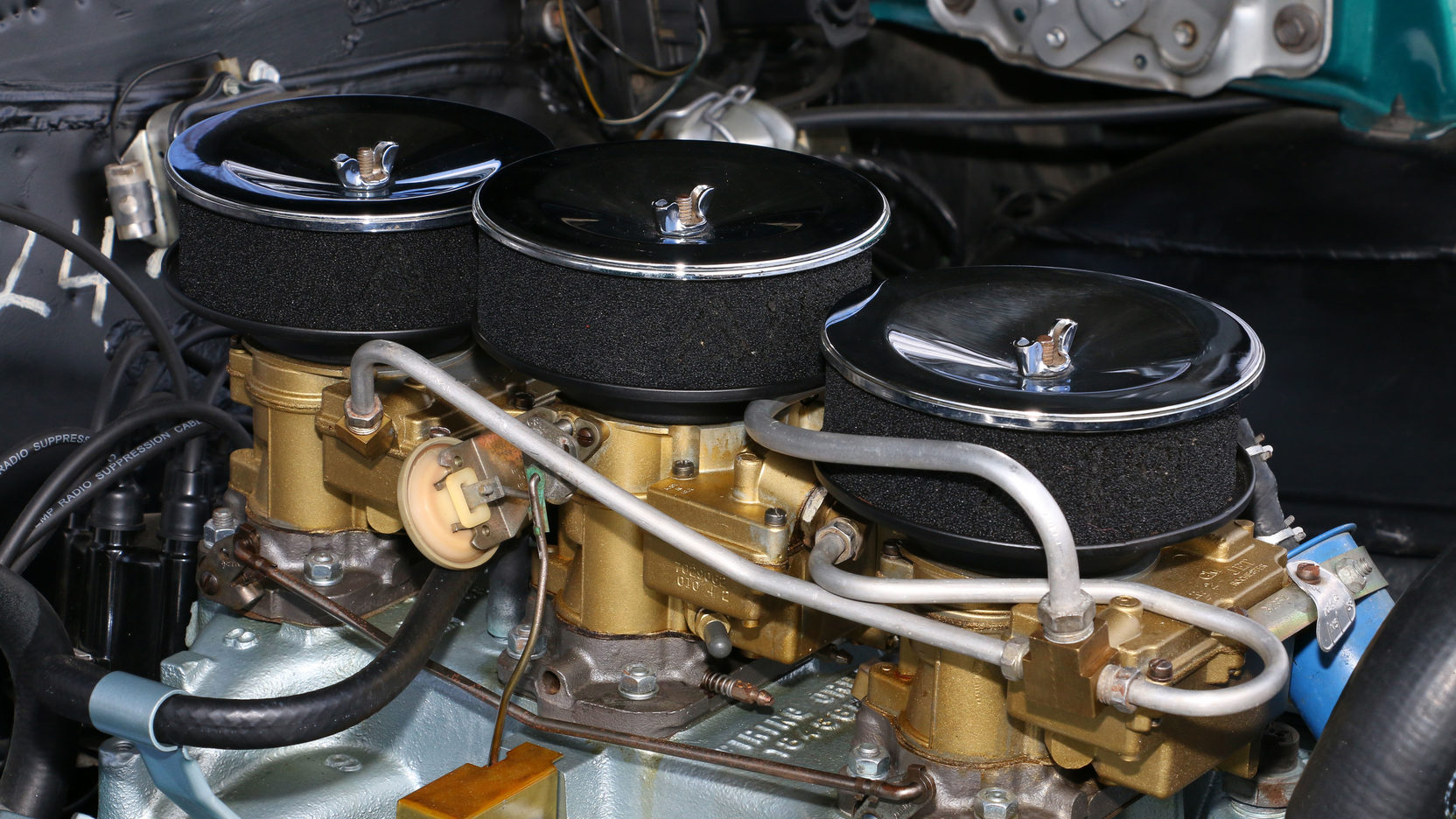
In the 1960s and ’70s, another popular swap was to chuck the Tri-power, which grew a reputation for being hard to tune, and replacing it with a four-barrel. Today, just the opposite is true; collectors want the triple carburetion for the sex appeal. And cars so equipped are worth considerably more.
But you shouldn’t fear the Tri-power if you’re going to drive your GTO. Parts are available and tuning the carbs is no longer a lost art. Adding a concours condition Tri-power setup to a GTO can cost $3000–$5000.
Cooper’s ’64 hardtop was originally equipped with a four-barrel, but he swapped it to Tri-power, along with the correct spec camshaft, during the restoration. “I’ve had no problems with the carburetor set up,” he says. “I had the carbs rebuilt and the linkage set up correctly, and that was it. The best part is pushing through the detent in the gas pedal and opening up those outer carbs. It’s like a turbocharger.”
Don’t buy anything without PHS documentation


In 1964, GM had an internal policy that stated clearly that no car could be built with less than 10 pounds of total vehicle weight per the cubic-inch displacement of the engine. Which is why the 389-cu-in V-8 had only been used in full-size models up to that point. DeLorean and his team needed to find a loophole if the GTO was ever going to see the street.
“There was no way that the Engineering Policy Committee, the corporate group that policed the divisions, would ever approve a 389 Tempest as a model,” Wangers wrote. “It would have been foolish even to submit it. It was time for creative thinking to find a way to move this car forward. We learned that the committee only had interest in ‘new’ models and did not get involved with approving options. Bingo!”
This is why the 1964 and ’65 GTOs were not standalone models. Instead, the GTO option was available on the top-of-the-line LeMans. Because of this, there is no identifier in the VIN of these cars to weed out true GTOs from tributes built from Tempests and LeMans. This has caused collectors fits for decades, as GTOs are very easy to clone. After its initial success, the GTO became its own model starting in 1966, so true ’66 and ’67 GTOs can easily be identified if the second and third digits of the VIN are 42. The VIN plate should be in the forward jamb of the driver’s door.
We don’t have anything against clones, but you should know what you’re buying and you should pay accordingly, which is why you shouldn’t buy any GTO, especially a 1964 or ’65 model, without Pontiac Historical Services documentation. When supplied with the VIN of any Pontiac, PHS will produce the copy of the factory invoice or billing history for the car as well as a letter decoding its options. This is the only way to know if a 1964 or ’65 GTO is authentic. And the service costs just $75 per car.
Check for rust

There are three major rules to follow when shopping for any 50-year-old muscle car. 1) Check for rust. 2) Check for rust and 3) Check for rust. These cars corroded badly, especially in snowy climates where roads are salted in the winter. And not just in the lower corners of the quarter panels behind the rear tires, these GM A-bodies, which also include the Chevy Chevelle, Buick Skylark, and Oldsmobile Cutlass, are notorious for rotting around their windshields and backlights, as well as floors and inside their trunks.
These are body-on-frame vehicles, so don’t just check the body panels. A rusty frame is a restoration nightmare, as well as dangerous as the corrosion compromises the integrity of the frame rails. Be sure to look at any potential purchase up on a lift where you can get a good look at its undercarriage, and do all the nitty gritty due diligence before buying a car sight-unseen over the internet.
The good news is that short of a new frame essentially every part for these cars is available in reproduction. So body panels, floors, trunk pans and everything else you many need is just a credit card number away from companies like Ames Performance Engineering, Year One and Original Parts Group.
What to pay



GTOs are not rare. They sold in big numbers back in the day, outselling most of their competition. This keeps them relatively affordable today. The big-buck model is the 1967 GTO with the Ram Air option. Pontiac built just 751 and convertibles with this engine sell for an average price of $85,100, while Ram Air coupes average around $60,000 and the sexier hardtops sell for an average of about $70,000. Prices drop along with the engines performance. A 1967 HO hardtop averages around $50,000 and so on.
Prices for 1964-1966 models run about the same. A 1966 hardtop with Tripower has an average value of $43,000 with the best examples selling for around $75,000. A four-speed adds about 15 percent to the value as does air conditioning which was available from 1964–67 with any engine combination.
Convertibles bring more. A 1966 Tri-power convertible is worth an average of $57,500, with cars in #1 (Concours) condition commanding $133,000. Again, add 15 percent if it’s a four-speed and another 15 percent to cars with air conditioning.
For those on a tighter budget looking for a drivable project, there are cars still out there in #4 (Fair) condition that can be bought for around $20,000. Just remember to always do your homework and your research. And if money’s an issue, remember to buy with your brain, not your heart.
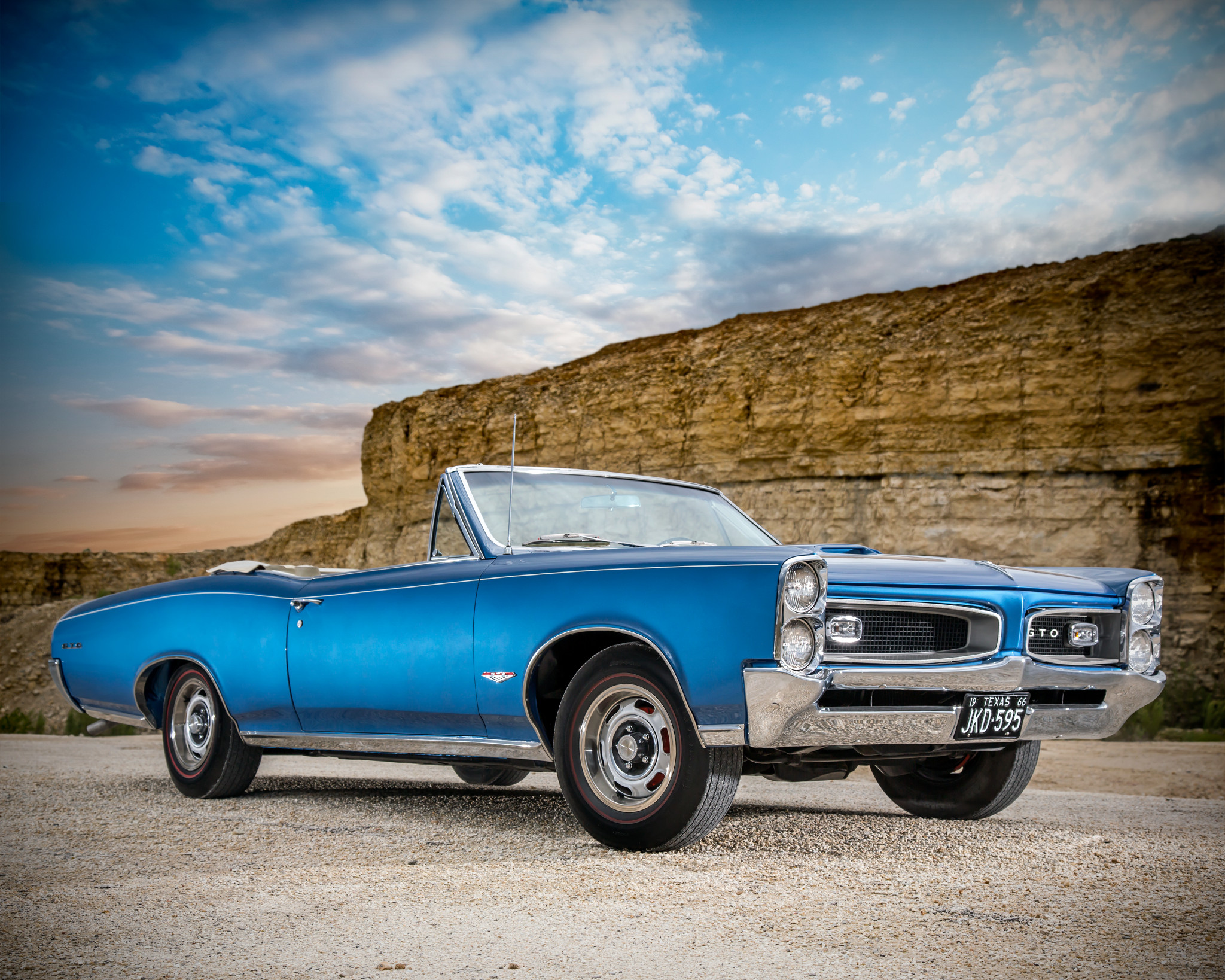



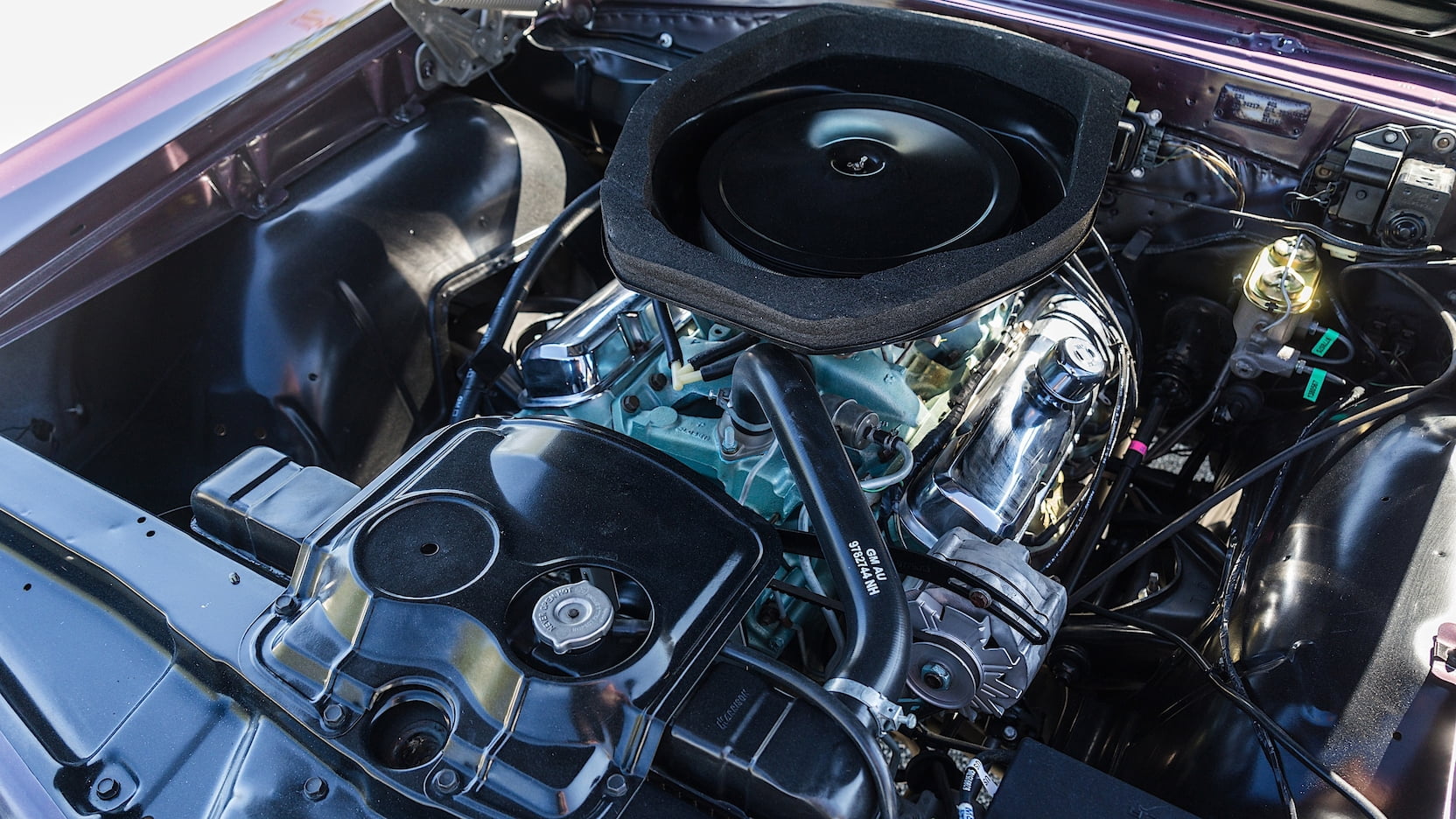


I had a chance back in 2016 to buy a 1966 GTO with the rare Hurst option Package black on black with original HURST SHIFTER & 3 Duces with new carbs & 400 heads for more power, a guy in my sister’s Neighborhood found online in Montreal Michigan. The guy bought it from a Woman there that decided to sell it 5 years later after her husband past away. The original owner ordered it with with every option seriously! He never drove it in those cold icy winters in Michigan and kept it in climate controlled environment. I went over it with a fine tooth comb. NO RUST ANYWHERE. The guy that brought it online decided he wanted to sell it for $30,000. to buy 25 acres for cattle that adjoined his other acreage in Tennessee. I have regretted to this day passing up that purchase. He even had the sticker and the old Keypunch stamped with every option in his possession. My problem was I tried to buy it for $25,000. He wouldn’t budge and I tried to wait him out and as a result’s 2 months later without telling me he got his $30,000. The buy of the century back in 2016 and I blew it! I’ll take that heart ache to my grave believe me. The car was all original and spotless. It even had a forced air vent in back window panel for heat and AC I had never seen before. SICK WITH MY THOUGHTS NOT BUYING IT!!!
Thanks
What I am going to state goes against everyone’s common knowledge. About 1980, a new friend with a 67 GTO hit a curb hard and collapsed the right front suspension back into the frame. He needed to raise $700 dollars quickly to buy a replacement vehicle so he could continue his education; I became the owner of this GTO.
I called out from work the next two days. I began dismantling his “beast” of a car. I knew that it had a recently rebuilt engine with .30 bore, Speedpro pistons, Nunzio Romano optimized RamAir cam, valve porting and an Edelbrock 4-bbl intake. The engine cost nearly twice more than what I was paying for the car.
During the strip of the car, I found it had a “removable hardtop”. Frank mentioned that I would find a surprise; it did not seem weird because my brother’s Corvette had a removable top. Two latches at the top of the windshield mounting and two heavy duty integral hooks at the rear window deck lid. It took three of us to remove the hardtop. Flip the latches at the front and pivot it skyward and back toward the rear. The third was in the backseat to control the hardtop when you worked it out of the two receiving wells at the rear decklid. It was heavy so you needed three to protect the paint and the tips where the hardtop flowed into the side panels. The integral hooks were built like the hook of my tie-rod tool. The well had about a 3\8″ bar that you had to work the hook from. I removed the hardtop and sold it a few months later. I remember the guy’s excitement when he travelled 100 miles with a flatbed to purchase the hardtop. I thought I got away like a bandit when he paid $400 dollars.
Years later, I found out how rare the this hardtop was. There is printed media concerning the 67 GTO that states there were 170+ produced. It was in a booklet corcerning GTOs. You can marvel how I felt when I saw the first xXx movie; two decades later. The hardtop being blown off the car once you flipped the latches with the car in motion. That was how we removed the hardtop. It was structurally sound and fit without any leaks because I rode in the car several times before its demise.
If I knew how special it was I would have resurrected it. I bought it for the 428 motor and the reprogrammed TH400. I am bedridden in a care facility; but if I was mobile, I would be hounding Motor Vehicle for my friend’s Vin number. The car was sweet, I just didn’t know how sweet. I would have added it too my stable of two 70 GTOs, 71 Chevelle SS, 67 Firebird 400 and a 71 Ventura Sprint – my daily driver. It became hard to keep them all insured in the 90s. Replaced the Firebird and Sprint with a 68 Chevy Panel truck.
I wrote this because there are others out there with knowledge; it was the Winchester 73 of its time.
The Tiger Gold ’65 at the bottom of the article is so nicely done that it’s a shame that the front seats have their upholstery installed backwards. A very common, and costly, restoration mistake.
Bought my ‘65 Tempest, Friday of Labor Day weekend 2021. Originally red, repainted black with black interior. Put an all new front end (original A frames) in 2022. 2.62 tear gears, 2spd auto, 326 4bbl. Not show quality, but a beautiful 20 footer. I kid all “admirers” with “Hi-School grad present….. took 50 years of saving to buy it!” Keeping it original. No rust – southern Oregon car.
The two speed automatic used in 64-66 GTOs (and all BOP A bodies)was the Super Turbine 300,not the Powerglide(used only in Chevrolet),not the same transmission internally or externally.